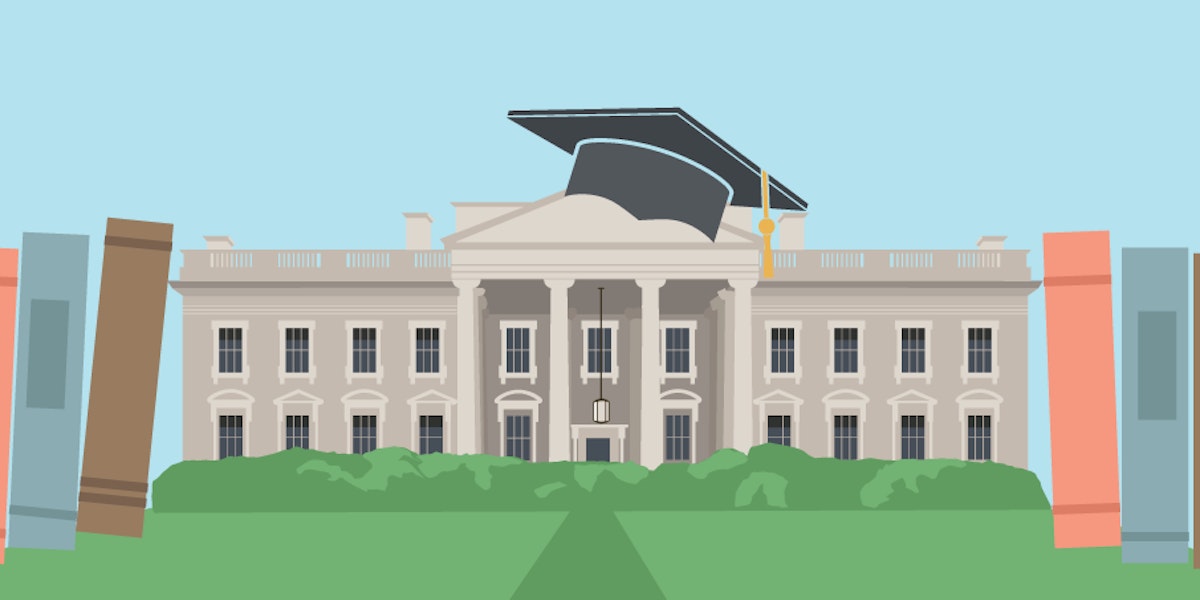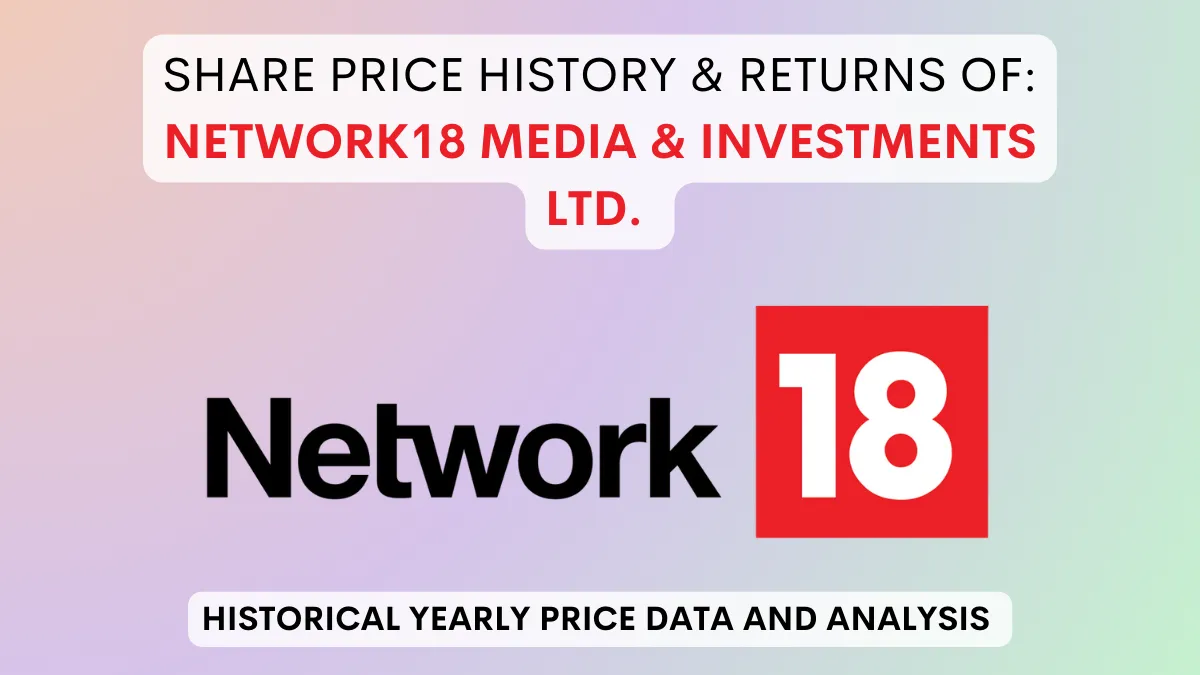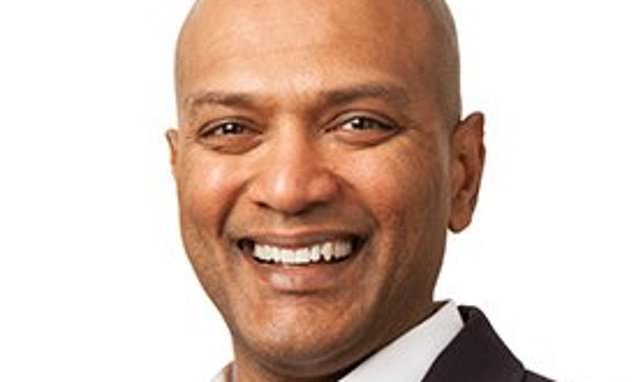Examining The Impact Of Trump's Student Loan Policies On African Americans

Table of Contents
Increased Barriers to Accessing Higher Education
The Trump administration's policies created increased barriers to higher education for African Americans, impacting access and affordability at all levels.
Reduced Funding for Historically Black Colleges and Universities (HBCUs)
HBCUs play a vital role in providing educational opportunities for African Americans. Proposed budget cuts and policy changes during the Trump administration threatened the financial stability of these institutions.
- Specific examples of funding changes: While no specific large-scale cuts directly targeting HBCUs were enacted under the Trump administration, there were concerns about reduced funding for federal programs that indirectly supported these institutions. This included potential cuts to Pell Grants, which disproportionately benefit HBCU students.
- Impact on enrollment and consequences for students: The uncertainty surrounding funding led to anxieties about tuition increases and program cuts, potentially deterring prospective students and creating financial hardship for current students. Detailed research on the specific impact of these indirect funding changes on HBCU enrollment remains to be done.
- Statistics on HBCU enrollment and graduation rates: While concrete data directly linking reduced funding under the Trump administration to enrollment drops requires further investigation, pre-existing challenges to HBCU funding and the overall trend of declining enrollment in higher education necessitate attention to the potential compounding impact of even indirect funding pressures.
Changes to Pell Grants and Federal Student Aid Programs
Any alterations to Pell Grant eligibility or amounts directly affect low-income African American students who heavily rely on this crucial form of federal aid.
- Examples of changes: Although no major overhauls to Pell Grant eligibility occurred during the Trump administration, the lack of significant increases in funding during a period of rising tuition costs essentially reduced the real value of the grant for many students.
- Effect on access to higher education for African Americans: Stagnant Pell Grant funding, coupled with rising tuition costs, made higher education less accessible for many African American students from low-income backgrounds.
- Data illustrating the impact: Studies on the affordability of higher education and the persistence of financial barriers for minority students could provide context and supporting data, although direct correlation to specific Trump-era policies requires further dedicated research.
Impact on Loan Repayment and Forgiveness Programs
The Trump administration's approach to student loan repayment and forgiveness programs also had a disproportionate effect on African Americans.
Changes to Income-Driven Repayment (IDR) Plans
Income-Driven Repayment (IDR) plans are designed to make student loan repayment more manageable for borrowers with low incomes. Any modifications to these plans can significantly impact borrowers' ability to repay their debts.
- Mechanics of IDR plans: IDR plans calculate monthly payments based on income and family size, offering lower payments than standard repayment plans.
- Changes under the Trump administration: While no major changes to the structure of IDR plans occurred, there were discussions and proposals regarding potential modifications, raising concerns amongst advocates for borrowers. The lack of substantial expansion or improvement during this period also presented challenges.
- Effect on African American borrowers: Given the existing racial wealth gap and higher rates of unemployment among African Americans, even minor changes to IDR plans can disproportionately impact this group.
Restrictions or Changes to Loan Forgiveness Programs
Changes to loan forgiveness programs like Public Service Loan Forgiveness (PSLF) directly affect borrowers who meet specific criteria, potentially hindering their ability to eliminate their student loan debt.
- Criteria for loan forgiveness programs: Programs like PSLF require borrowers to work in public service for a certain number of years and make a specific number of on-time payments before becoming eligible for forgiveness.
- Changes made during the Trump administration: While no direct changes to the core structure of PSLF occurred, administrative hurdles and bureaucratic inefficiencies were reported, leading to higher rejection rates for many applicants.
- Application and approval rates for African Americans: Data on the application and approval rates of these programs for African Americans before and after potential policy changes requires dedicated research to ascertain any disproportionate negative impacts.
Disparate Outcomes and Long-Term Economic Consequences
The cumulative impact of these policies contributes to already existing economic inequalities within the African American community.
The Widening Wealth Gap
Student loan debt significantly exacerbates the existing racial wealth gap. The inability to repay student loans can prevent African Americans from accumulating wealth through homeownership, investments, and business ventures.
- Link between student loan debt and wealth accumulation: High levels of student loan debt often leave borrowers with little disposable income, impeding their ability to save and invest.
- Trump’s policies and their influence on this for African Americans: By restricting access to affordable higher education and making loan repayment more challenging, the administration's policies likely worsened this existing inequality.
- Statistics on the racial wealth gap and the contribution of student debt: Existing research extensively documents the racial wealth gap; however, specific quantitative analysis linking Trump-era student loan policies to its widening requires further research.
Impact on Homeownership and Other Financial Goals
Student loan debt significantly impacts African Americans' ability to achieve long-term financial goals such as homeownership and starting businesses.
- Correlation between student loan debt and homeownership rates: High levels of student loan debt can make it difficult for borrowers to qualify for mortgages and achieve homeownership.
- Trump’s policies and their effect on African Americans: The barriers to affordable higher education and challenging repayment options likely contributed to lower homeownership rates amongst African Americans.
- Relevant data and statistics: Existing data on homeownership rates for different racial groups, along with studies on the impact of student loan debt on financial well-being, are essential to contextualize the long-term consequences.
Conclusion
This examination reveals that Trump's student loan policies had a disproportionate and potentially detrimental impact on African Americans. Reduced access to higher education, increased repayment burdens, and an exacerbation of existing economic inequalities are key takeaways. Understanding the lasting impact of Trump's student loan policies on African Americans requires ongoing attention and advocacy. Learn more about the resources available to help alleviate the student loan debt crisis in the Black community and get involved in advocating for equitable solutions to address the challenges faced by African American students and borrowers. We must continue to examine the complex interplay between "Trump's student loan policies on African Americans" and the broader fight for economic justice and equal access to higher education.

Featured Posts
-
 Ahorra En La Fiesta Del Cine 2025 Entradas A 3000 Y Programacion
May 17, 2025
Ahorra En La Fiesta Del Cine 2025 Entradas A 3000 Y Programacion
May 17, 2025 -
 April 21 2025 Network18 Media And Investments Share Price Nse Bse And Expert Views
May 17, 2025
April 21 2025 Network18 Media And Investments Share Price Nse Bse And Expert Views
May 17, 2025 -
 Rockwell Automation And Other Top Performers Fuel Wednesdays Market Gains
May 17, 2025
Rockwell Automation And Other Top Performers Fuel Wednesdays Market Gains
May 17, 2025 -
 Cybercriminal Accused Of Millions In Office365 Executive Account Theft
May 17, 2025
Cybercriminal Accused Of Millions In Office365 Executive Account Theft
May 17, 2025 -
 Unlock Bet365 Bonus Knicks Vs Pistons Series Preview And Betting Odds With Code Nypbet
May 17, 2025
Unlock Bet365 Bonus Knicks Vs Pistons Series Preview And Betting Odds With Code Nypbet
May 17, 2025
